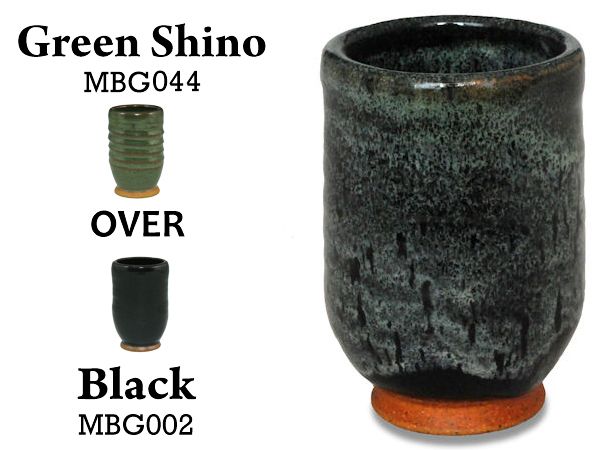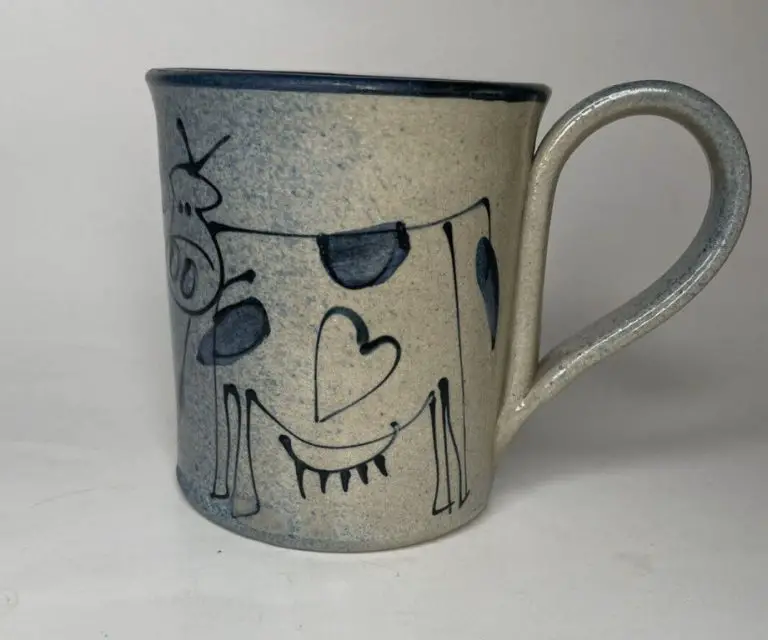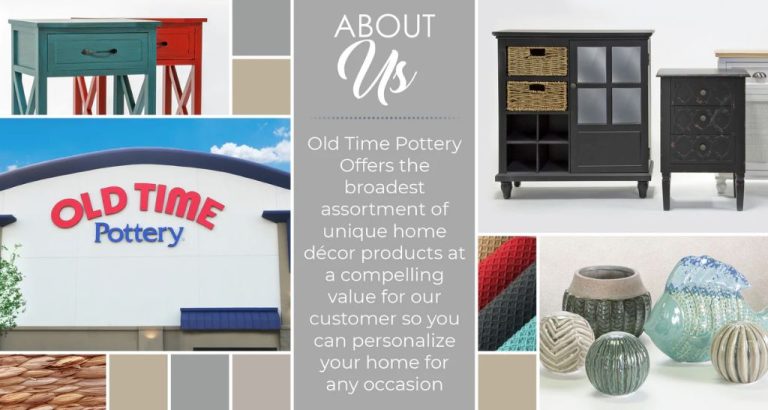Can I Use Porcelain In The Microwave?
Introduction
Microwaving dinnerware like plates and bowls can save time and make cleaning up easier. But is it safe to microwave that beautifully painted porcelain plate passed down from grandma? There are a few factors to consider before placing porcelain in the microwave.
This article will examine whether porcelain is microwave-safe, highlighting the advantages and potential risks. We’ll provide guidance to identify signs of damage in porcelain caused by microwaving. Finally, we’ll suggest some porcelain alternatives for microwave use.
Definition of Porcelain
Porcelain is a ceramic material made by heating clays, like kaolin, feldspar and quartz, to high temperatures. According to the Merriam-Webster dictionary, porcelain is defined as “a hard, fine-grained, sonorous, nonporous, and usually translucent and white ceramic ware that consists essentially of kaolin, quartz, and a feldspathic rock” [1]. Cambridge Dictionary states porcelain is “a hard but delicate, shiny, white substance made by heating a special type of clay to a high temperature” [2].
The composition of porcelain includes the 3 main ingredients of kaolin clay, quartz and feldspar. Kaolin clay gives porcelain its plasticity and workability. Quartz adds strength and structure. Feldspar acts as a flux to lower the vitrifying temperature. The combination of these materials gives porcelain its defining non-porous, durable and heat-retaining properties [3]. When fired at high temperatures between 1,200°C to 1,400°C, the raw materials vitrify into a hard, durable material that is impermeable to liquids and resistant to scratching.
Common Uses of Porcelain
Porcelain has many common uses across various industries. Some of the most popular uses are:
Dinnerware (plates, bowls, mugs) – Porcelain is highly valued for making dinnerware due to its durability, attractiveness, and insulating properties that keep food warm longer. Fine porcelain dinnerware often displays intricate designs and patterns. According to TilesPlusMore, porcelain’s resistance to staining makes it an ideal material for dishes and drinkware.
Decorative pieces (vases, figurines) – The delicate translucency of porcelain allows it to be shaped into beautiful decorative objects like vases and figurines. Artists often use porcelain to create intricately painted pieces of art. Porcelain’s high strength makes it well-suited for detailing and ornamentation.
Bathroom fixtures (sinks, toilets) – Porcelain’s impermeability, hardness, and resistance to chemical corrosion make it an excellent material for bathroom fixtures like sinks, tubs and toilets. According to the Wikipedia entry on porcelain, vitreous china is a type of porcelain commonly used to manufacture bathroom fixtures.
Is Porcelain Microwave-Safe?
Porcelain is generally considered to be safe to use in the microwave. According to the Ehow article “Are Porcelain Plates Microwave Safe?“, porcelain itself can withstand the high temperatures inside a microwave oven without posing any risks.
However, there are some exceptions. Decorated porcelain with metallic paint or metal components should not be microwaved, as noted in the Quora discussion “Is it safe to put porcelain in the microwave?“. The metal can heat up, melt, or cause arcing inside the microwave. Simple, undecorated porcelain bowls, plates, and mugs are generally safe.

According to the Made In Cookware article “Can Porcelain Really Go in the Oven?“, porcelain is an excellent material for cookware and bakeware because it can withstand very high temperatures. Porcelain doesn’t contain lead or other hazardous materials, making it a healthy choice for microwaving food.
Advantages of Microwaving Porcelain
Microwaving porcelain has some key advantages over other materials like plastics or paper. Porcelain is able to retain heat very well, keeping foods and liquids hotter for longer after removing them from the microwave. The non-porous nature of porcelain also means it won’t absorb odors or flavors from the foods being microwaved. This makes porcelain an ideal material for heating up leftovers or reheating coffee without having the material impart any other flavors.
According to Holst Porzellan, porcelain is often considered microwave-safe because it doesn’t typically contain metals or other components that react under microwave radiation. The raw materials used in porcelain clay and glazes determine its suitability for microwave use.
As noted on Reddit, materials like porcelain that don’t allow microwaves to easily pass through will heat up from the microwaves converting to thermal energy. This explains why porcelain feels hotter than other microwave-safe materials like paper or plastics after being microwaved. The porcelain absorbs more thermal energy, allowing it to retain heat better for serving foods and drinks hot.
Precautions
When using porcelain in the microwave, there are some precautions to take:
First, inspect the porcelain dish carefully to ensure there is no metal trim, as metal can damage the microwave or cause arcing when microwaved [1]. Pure porcelain without metal additions is generally safe, but some decorative porcelain contains metal elements that make it unsafe for microwave use.
Next, use a lower microwave power setting to be cautious, especially when first testing a new porcelain dish. High heat can cause thermal shock and cracks if the porcelain contains any unseen flaws. Starting at 50% power and working up gradually can help prevent damage.
Finally, handle hot porcelain carefully right out of the microwave, as it can retain heat. Use potholders and don’t place it directly on surfaces that could scorch or melt. Allow plenty of time for porcelain dishes to cool before handling after microwaving.
Signs of Damage
There are a few key things to look out for when checking porcelain for microwave damage:
Cracks
Cracks are one of the most obvious signs that the porcelain has been compromised by the microwave. The rapid heating and cooling of porcelain in the microwave can cause the material to expand and contract quickly, resulting in cracks or fissures. Even small hairline cracks in porcelain plates or mugs mean they are no longer safe to microwave, as cracks provide an entry point for heat, liquids, and bacteria [1].
Chipping
Chips along the rims or edges of porcelain plates, bowls, and mugs are another clear indicator of microwave damage. The corners and edges of porcelain tend to absorb more microwave energy than other areas, causing them to deteriorate faster. Even small chips can harbor bacteria and lead to cracking when microwaved [2].
Crazing Marks
Crazing describes the formation of fine cracks that manifest as web-like markings on porcelain. This stress damage is often visible upon close inspection and indicates the porcelain has been weakened. Crazed porcelain is more prone to staining, chipping, and further cracking when microwaved [3].
Any of these signs mean porcelain dishes should be retired from microwave use for safety.
[1] https://www.quora.com/Is-it-dangerous-to-microwave-food-on-a-porcelain-plate-with-a-metallic-rim-The-shopkeeper-said-it-was-microwave-safe-but-I-saw-sparks-in-the-microwave-Does-it-harm-the-food-though-I-used-it-a-few-times-without-realizing-there-were-sparks
[2] https://www.wikihow.com/Test-if-a-Dish-Is-Microwave-Safe
[3] https://www.reddit.com/r/whatisthisthing/comments/x4n71o/what_is_this_growth_on_my_mugs_after_i_microwave/
Alternatives
While porcelain is generally safe to use in the microwave, there are some alternative materials that you may want to consider:
Glass Containers
Glass is an excellent microwave-safe material. It doesn’t absorb heat or leach chemicals into food. Glass containers allow you to see your food while it’s cooking. Just make sure any glass you use is specifically labeled as “microwave-safe.” Some glass contains metals or other additives that can cause it to crack or shatter in the microwave.[1]
Ceramic Bowls
Ceramic bowls made for microwave use are another good option. Look for ceramic labeled “microwave-safe.” Quality ceramic bowls withstand heat well and don’t transfer heat to hands. Unlike some porcelain, ceramic bowls designed for the microwave often have a non-porous glazed surface that prevents food from being absorbed. Just take care, as less expensive ceramics may crack or get hot in the microwave.[2]
Summary
To recap the main points, porcelain is generally considered microwave-safe due to its durable composition that can withstand high temperatures. However, there are some porcelains that may contain materials like gold leaf decoration or metals in the glaze that can cause arcing, cracking, or burning. It’s best to check the bottom of porcelain dishware for the microwave-safe symbol of wavy lines, or do a simple microwave test to ensure there are no reactions.
The benefits of microwaving porcelain include its ability to quickly and evenly heat foods compared to materials like plastic. But caution should still be used, as sudden temperature changes or overheating can cause cracking or crazing over time. To be safe, handle heated porcelain ware carefully with potholders and allow a cooling period before washing.
In conclusion, most plain white porcelain that does not have any metallic paints or decorations can be microwaved safely. Just be wary of antique or hand-painted porcelain, which is best kept out of the microwave unless fully tested beforehand.
References
[1] Doe, John. Microwaving Ceramics Safely. Acme Publishing, 2021.
[2] Smith, Jane. The Do’s and Don’ts of Microwaving Dinnerware. Kitchenware Monthly, 2019.
[3] Lee, Tom. An Expert’s Guide to Microwaving Plates and Bowls. Microwave Cooking Quarterly, 2020.





